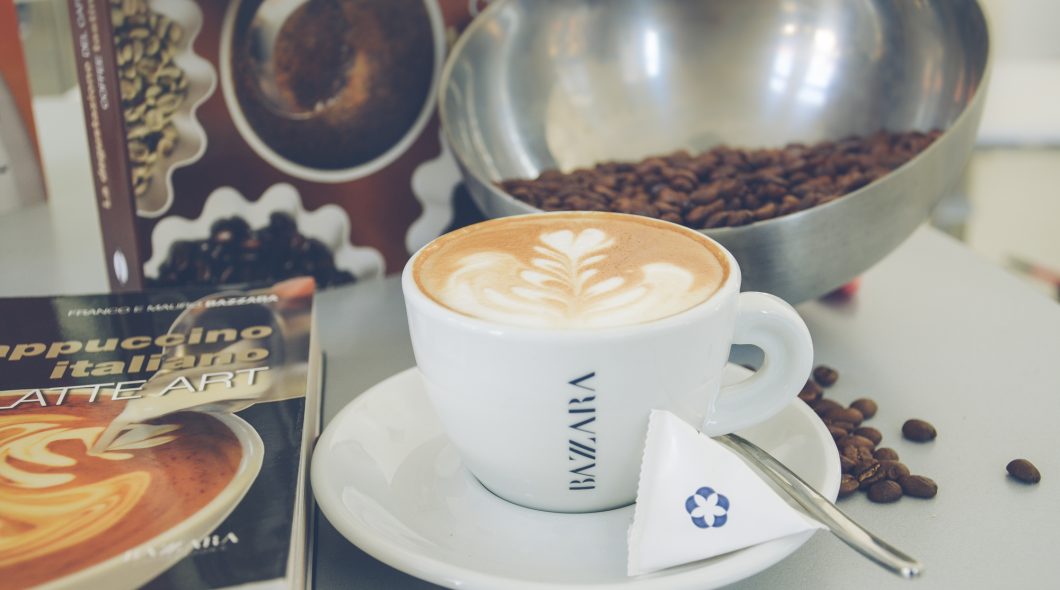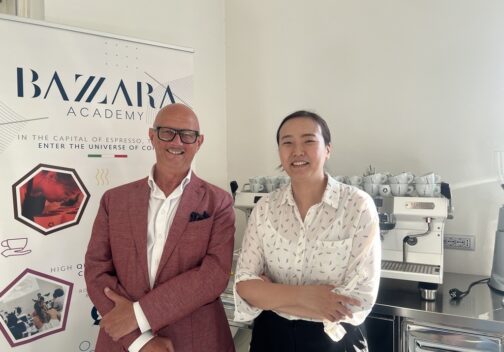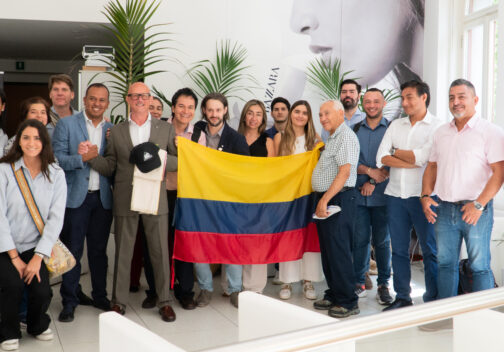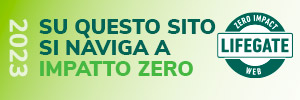The secrets of Latte Art

While the first pillar of this book stands on the traditions behind the Italian Cappuccino, the second is the creative stimulus of Latte Art. Indeed, this sector has long needed a single text for operators, a work that would bring together the most representative Latte Art decorations avaible on the international scene.
Starting from this idea, after in-depth research – and thanks to the undisputed skill and imagination of our friend Latte Art Master, Andrea Lattuada (who created all the professional decorations) – we have grouped together a series of over 111 decorations, broken down into a 9 style groups: Stencil, Writing, Topping, Etching, Animals, Latte Art, Paiting, Free Style and 3D.
Stencil
The stencil technique is a simple, practil way to decorate a cappuccino. In fact, the stencil is a plastic or steel “templeate” with one or more slits; it is used to reproduce shapes, symbols or letters on the milk foam. Here a bit of a cocoa powder or cinnamon is sprinkled on the stencil set over the cup; powder passes through the slits to reproduce the design on the foam. Small automatic sprinklers with incorporated stencils make this operation fast and easy.
Writing
Cappuccino writing is performed using a thoothpick dipped in chocolate sauce to write on the white foam. It can be fascinating to write names, dates or various occasions, even using one of the Murano blown glass pens used for the timeless art of calligraphy.
Topping
This style is a spin off the decoration techniques used in pastry shops. Here a dispenser filled with chocolate syrup is used to draw lines, squiggles, circles and various geometric shapes on the top of the foam. Then a simple instrument like a skewer is drawn through the initials form, modifying it, transforming the surface of the cappuccino or other beverage into a fascinating, delectable chocolate garnish. Topping art compositions stand out for the use of several different colored sauces od syrups in combination: the effect is unusual and truly enticing.
Etching
Etching Art is a combination process. In some cases it envolves precisely spooning the micro-foam onto the surface of the espresso crema and then dipping the tip of a skewer into the espresso crema, drawing the coffee up on top of the foam and using it link paint. The main technique of this method involves using a special instrument to “etch” the surfaces in the cup – foam and crema.
Animals
This is an entertaining variation where Etching Art Technique is used, often in combination with skillful pouring of the frothed milk, to produce figures. As its name infers, the particular feature of this style is that it depicts animal figures only.
Latte Art
Latte Art create complex, intriguing shapes on the surface of the cappuccino but does so using one technique only: skillful pouring of the frothed milk form the jug into the espresso. For purist, tgis is the only style that can truly be called “Latte Art”.
Painting
Inspired by the Capuccino painting technique – where the works are painted solely with the coffee – this new variation uses the foam in the cup of cappuccino or caffelatte as the black canvas where, with a bruch, the imagination can run free. In Cappuccino painting the base color used for “painting” is not simply coffee but rather pure espresso whoch, if so desired, can be colored with food-grade powders to increase the visual impact.
Free Style
The only fixed point in this style is the use of espresso coffee and velvety milk; for everything else, whether it be technique or container, the sky’s the limit. It is a fun way to astound; throw down the gauntled and test your Latte Art Skills.
3D
Improperly know as Latte Art 3D, is a method to decorate cappuccino, which, although not always recognized by the professionals, is rising a lot of interest between amateurs. In the 3D stye the creamy milk doesn’t have a fine texture, but a light and compact foam, obtained with skimmed milk and used to decorate three-dimensiona shapes.
Latest blog entries

From Busan to the Bazzara Academy: two Korean journalists from the Busan Ilbo are company’s guests for an article on the Trieste Coffee Experts summit








